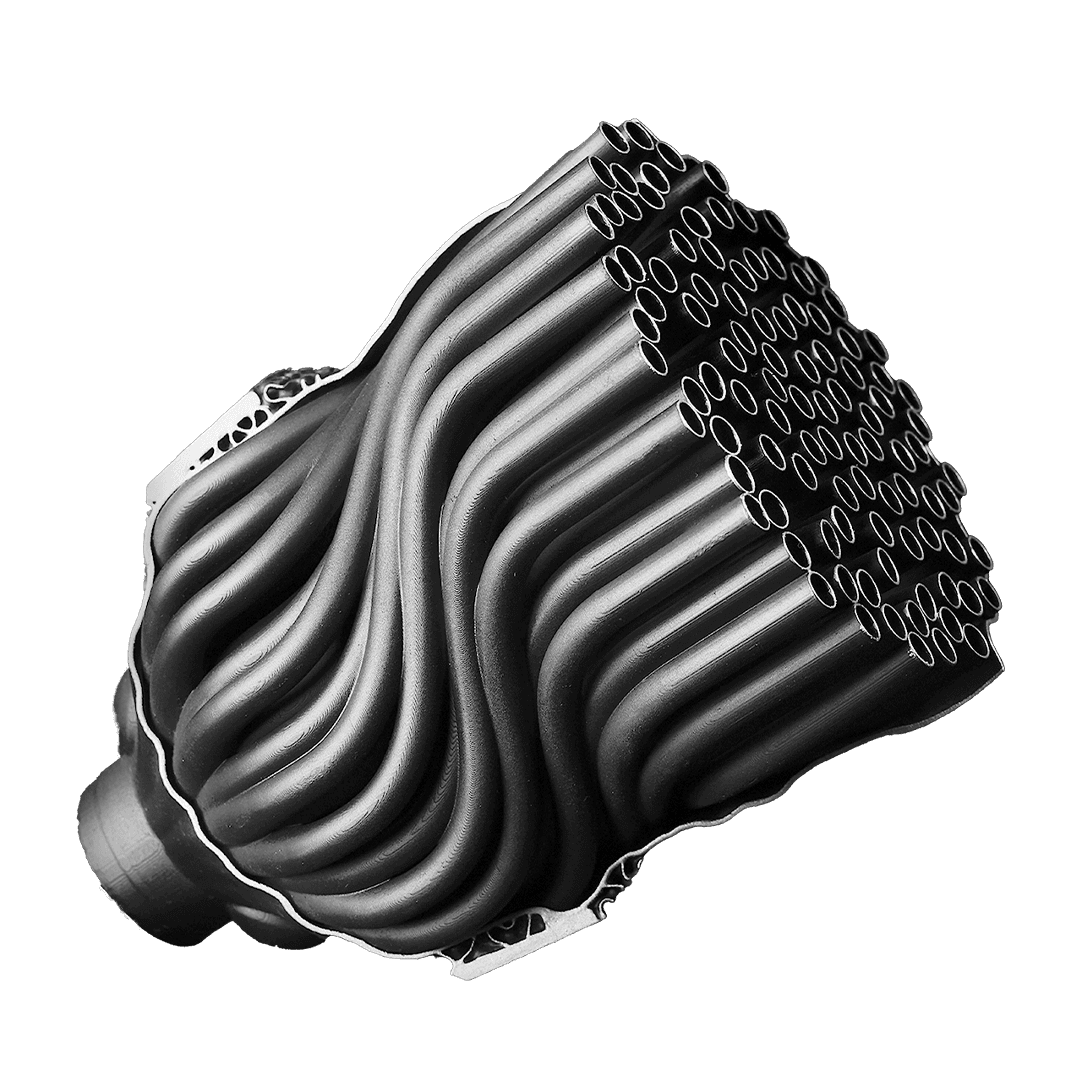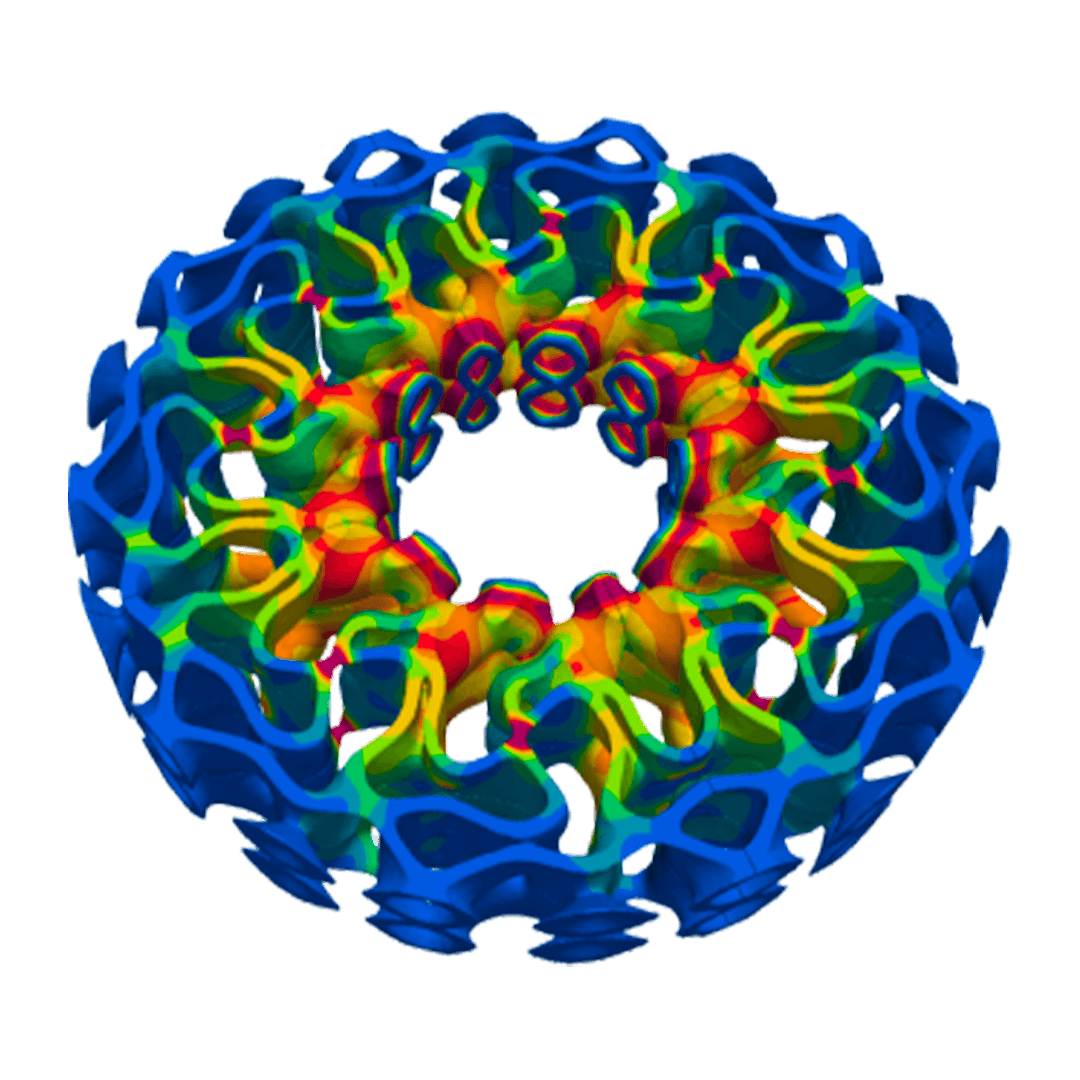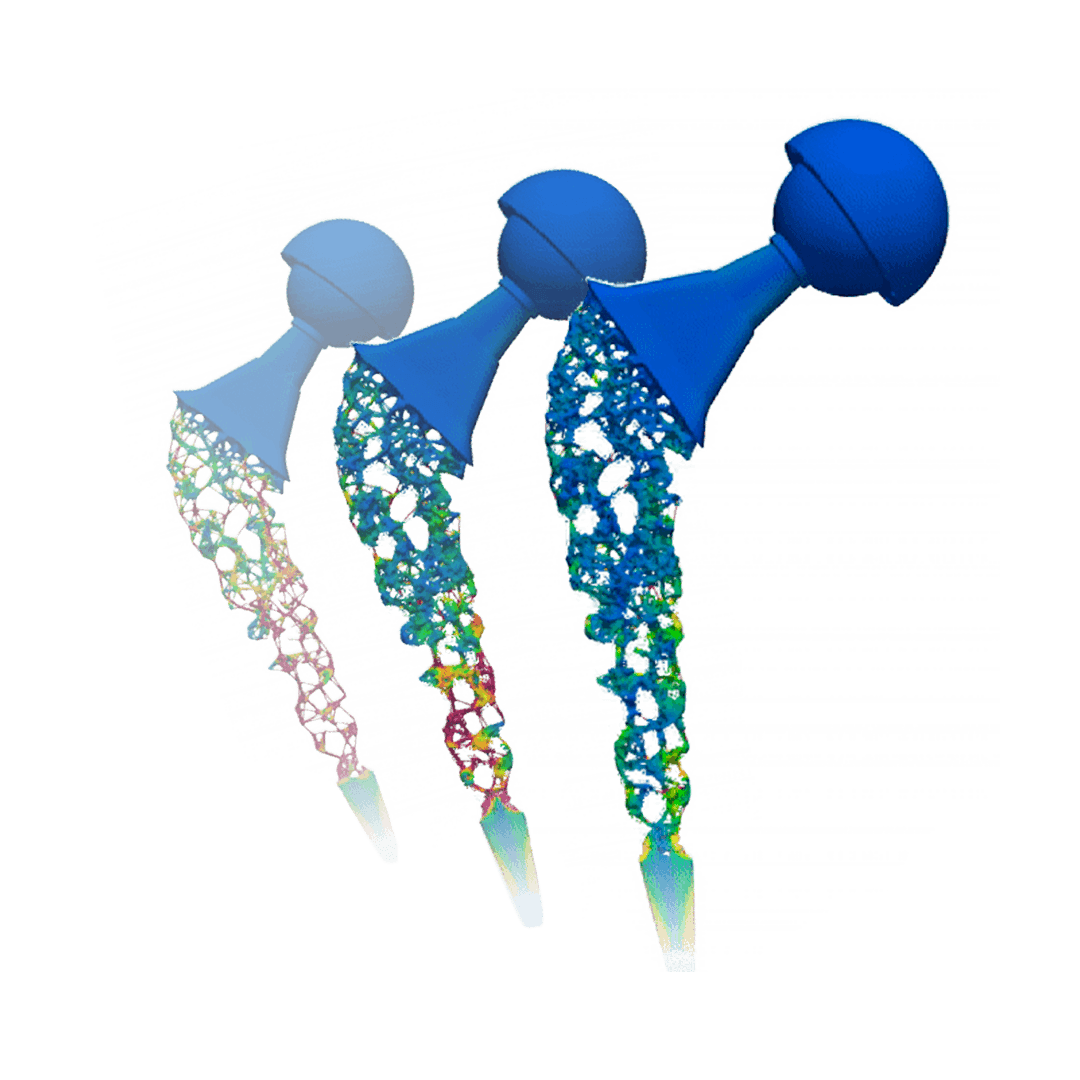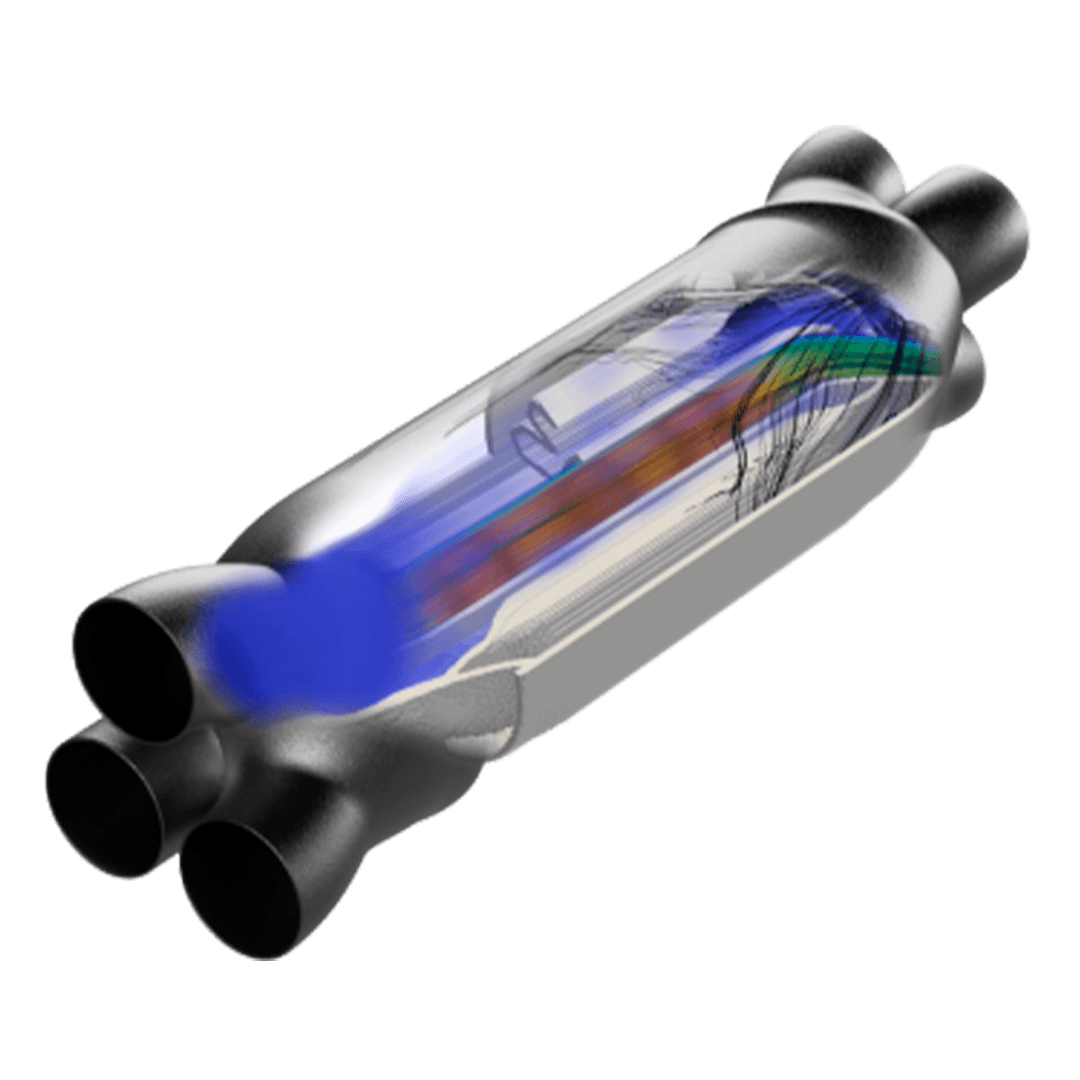We unlock the full potential of your products through tailored engineering solutions.
From aerospace to automotive, discover how Hyperganic advances product development with design for Additive Manufacturing (AM).
From aerospace to automotive, discover how Hyperganic advances product development with design for Additive Manufacturing (AM).
Cutting-edge advancements in simulation and geometry representation propel innovation and drive progress.






Partner with Hyperganic to push the boundaries of what’s possible, optimizing new advancements in your workflows and processes.

Counter-flowing fluid heat exchanger designs with 14 times more surface area for efficient thermal regulation, achieving enhanced efficiency and reduced carbon emissions.

Rapid, high-precision fabrication is developed for biomedical applications, enabling the creation of complex structures like auxetic meshes and cylinders at an average duration of ~4.5.s.

Mass-customized 3D-printed lattice insoles can be generated in less than 10 seconds per design, redefining personalized orthopedic support.

A new landscape for the future of footwear design begins with an 80% reduction in design-to-production time and the 2D-to-3D transformation of the footwear production process.

Engineer advanced 3D microfluidic alveoli with unparalleled precision, paving the way for advancements in drug testing and organ production.